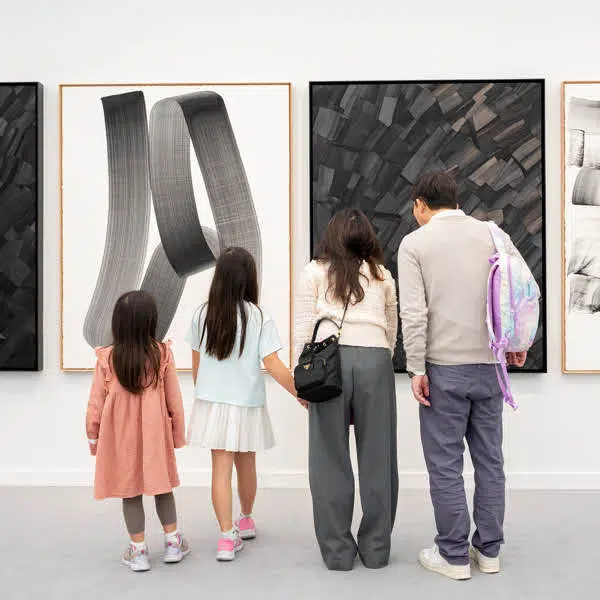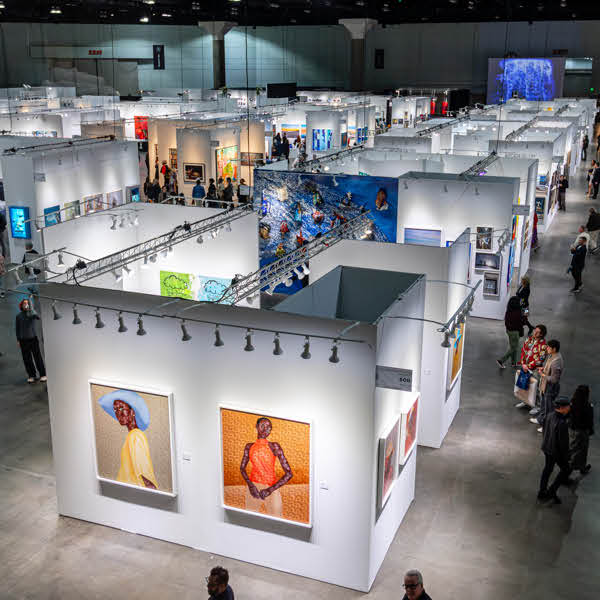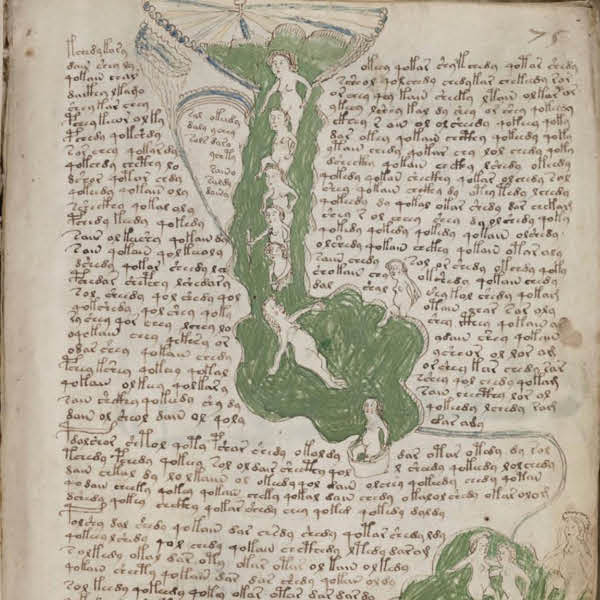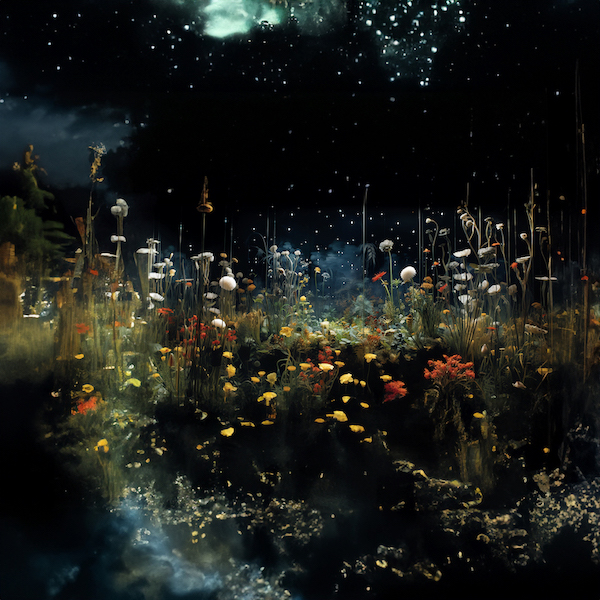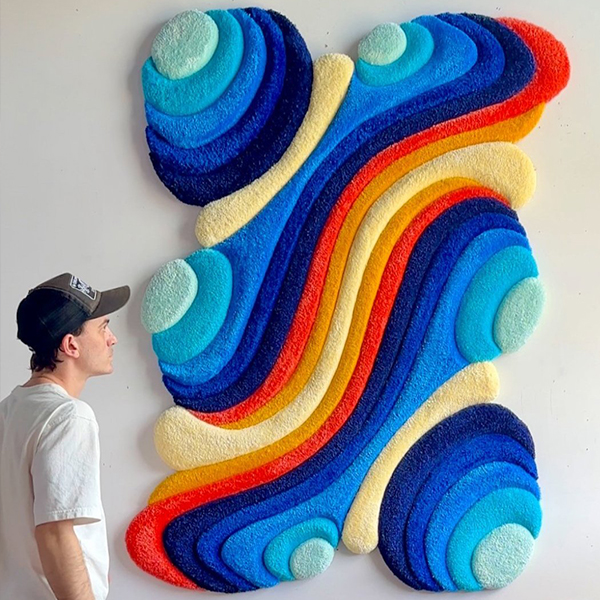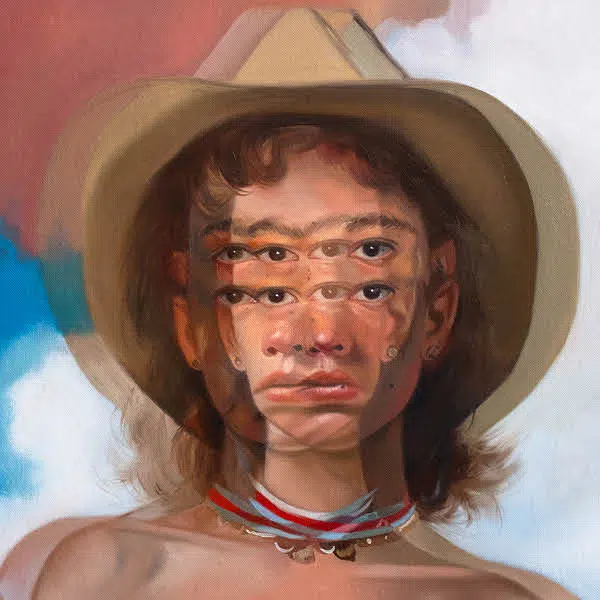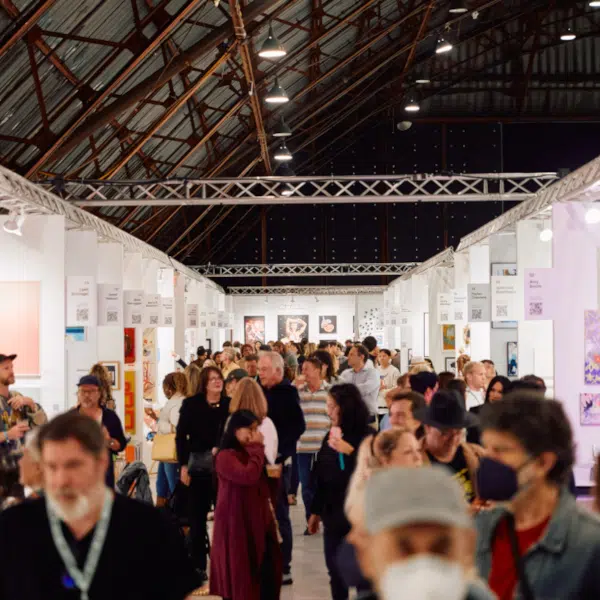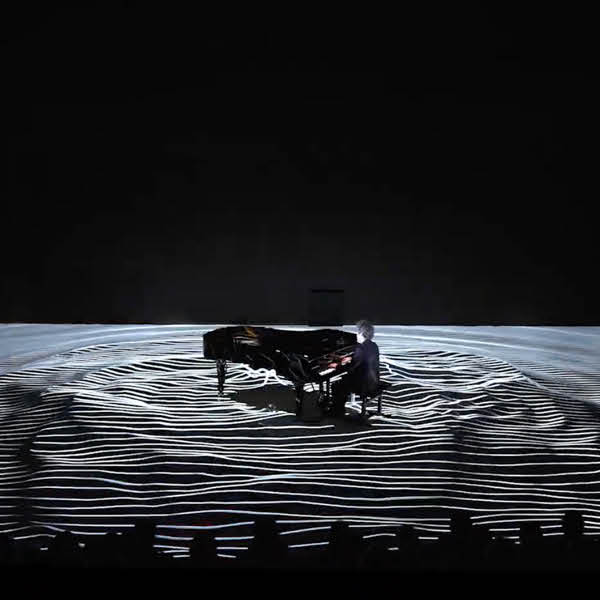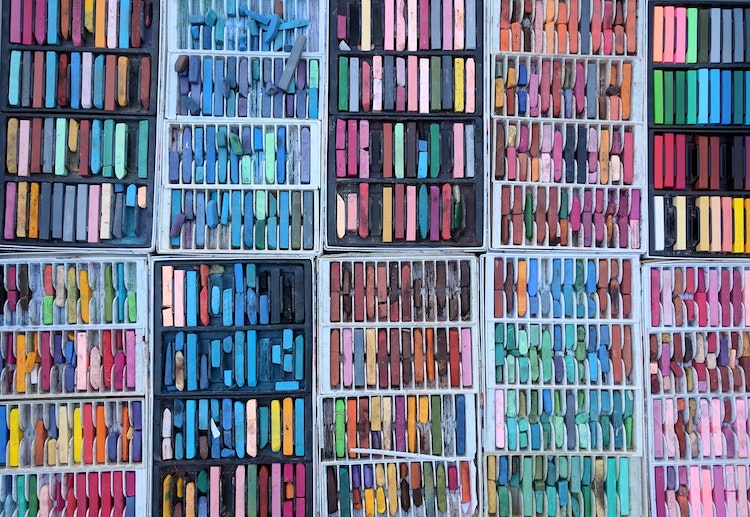
Photo: Peter Feghali
This post may contain affiliate links. If you make a purchase, My Modern Met may earn an affiliate commission. Please read our disclosure for more info.
Pastels are an artist material with a long history. Sometimes referred to as “dry painting,” the medium offers an incredible range of colors with the ability to blend hues in the same way that you would paint pigment. When you learn about the history and the versatility of pastels, it’s no wonder that they have been popular for so long.
What are pastels?
Pastels are crayons that are made of powdered pigments and a binder of either gum, clay, or resin. Two of the most popular types of pastels are soft (sometimes mentioned as “chalk”) and oil. Each is created with the same pigment you’d find in other art media, like oil paints. The binder is neutral coloring and low in saturation to avoid diluting the vibrancy of the pigment.
History of Pastels
The history of pastels can be traced back to the Renaissance. The medium is said to have originated in Northern Italy during the 16th century, and it became a favorite of the masters, including Leonardo da Vinci and Michelangelo. They used the chalks for sketching. At that time, there were only a few colors in their palette—black, white, and red. (To put it in perspective, there are more than 1,600 hues on the market today!)

Leonardo da Vinci [Public domain] (Photo: Wikimedia Commons)
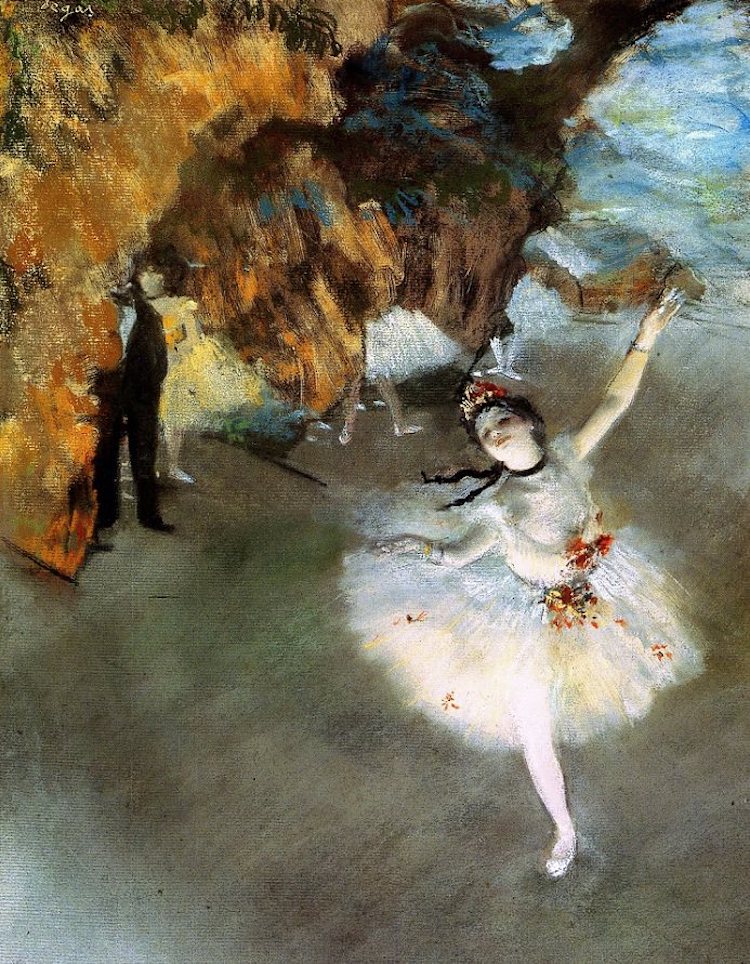
‘The Star' (1878) (Photo: Edgar-Degas.net Public Domain)
As the 1800s wore on, pastels eventually found their place with artists again. Edgar Degas famously used them to depict his dancers, and Gauguin, Monet, and others followed suit. Today, they remain some of the most popular examples of artists that use pastels.











































































